Table of Contents
ToggleLayer 3 Switch
A Layer 3 switch combines the functions of a switch and a router. It can perform data packet forwarding at the data link layer (Layer 2) and route selection at the network layer (Layer 3). Layer 3 switches are typically used in large local area networks (LANs) to enhance network performance and simplify network architecture.

Layer 3 switches usually employ ASIC (Application-Specific Integrated Circuit) or FPGA (Field-Programmable Gate Array) technology to accelerate data processing. These hardware components can handle high-speed data flows, significantly improving network performance:
- ASIC: A hardware optimized for specific uses.
- FPGA: A hardware that can be reconfigured as needed.
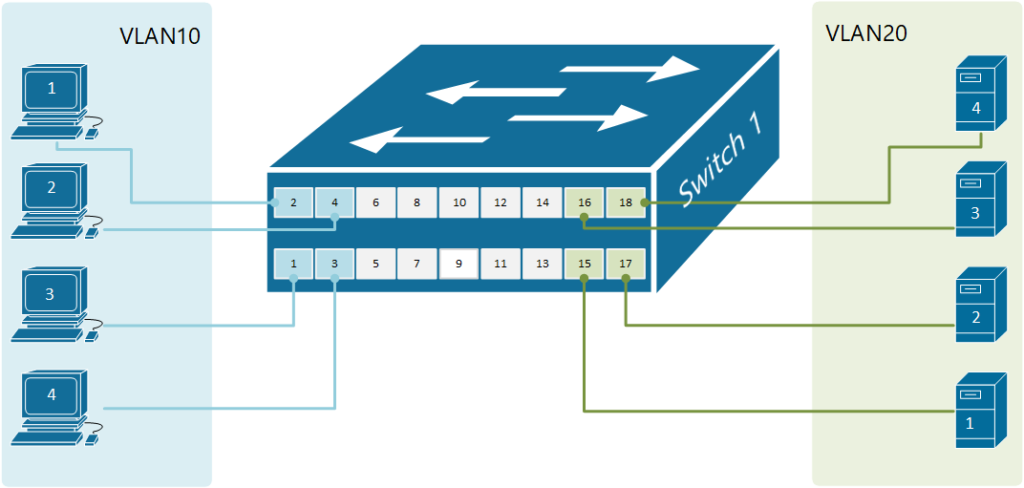
Layer 3 switches support various routing protocols, including RIP, OSPF, and EIGRP, allowing them to dynamically learn the network topology and select the optimal path for data forwarding. They also typically feature traffic control and QoS (Quality of Service) capabilities to optimize the use of network resources.
Router
A router is a device specifically designed to connect different networks, operating at the third layer of the OSI model. Its primary function is to determine the best path for data packets, ensuring that data reaches its destination from the source.
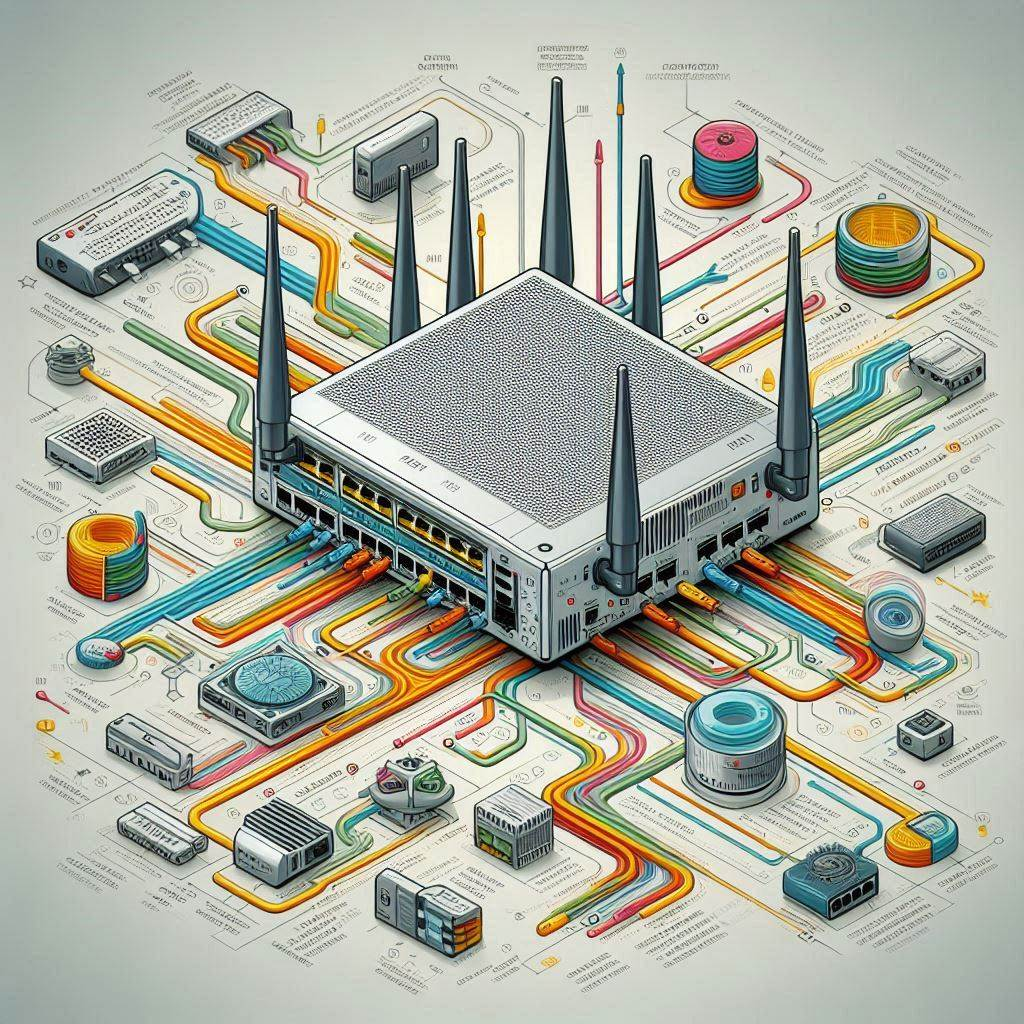
By analyzing the destination IP address of data packets and consulting the routing table, a router decides the path for forwarding data packets.
Additionally, routers provide functions like Network Address Translation (NAT), Access Control Lists (ACL), and firewalls, which are crucial for network security and traffic management:
- NAT: Allows multiple devices to share a single public IP address.
- ACL: Controls network traffic and enhances security.
Routers achieve effective path selection by establishing and maintaining routing tables. The information in these tables can be statically configured or automatically updated through dynamic routing protocols. Routers use various algorithms to select the optimal path, ensuring efficient data transmission.
Routers can handle more complex networking needs, such as VPN connections, policy routing, and load balancing. In large enterprise networks, these functions are essential for ensuring high availability and redundancy.
Layer 3 Switches vs. Routers
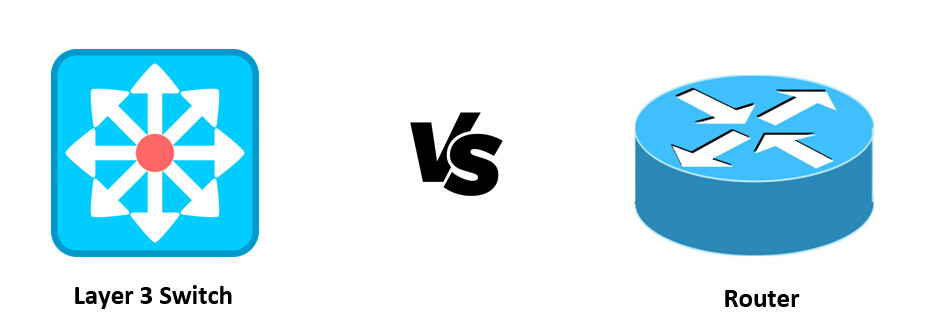
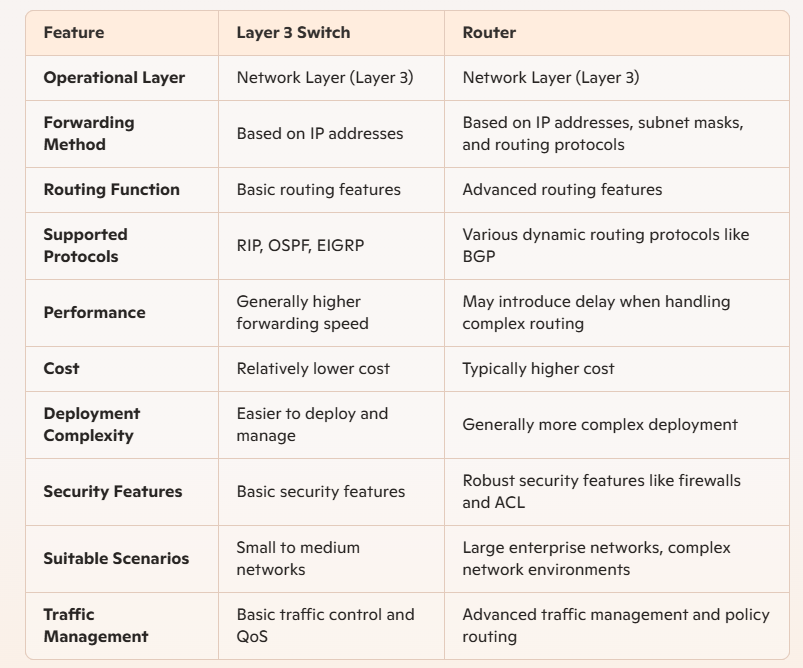
Unique Functions of Routers
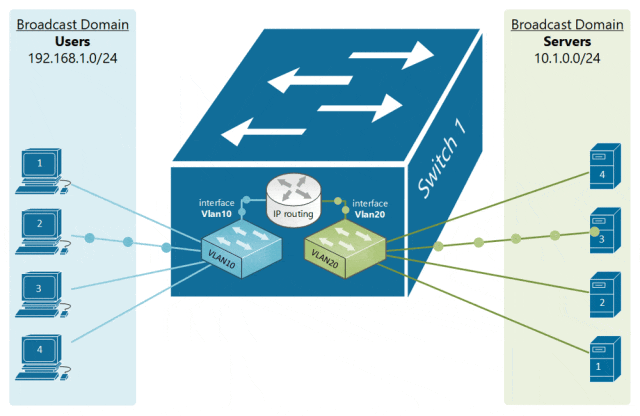
- Network Address Translation (NAT)
Routers can perform Network Address Translation (NAT), converting private IP addresses to public IP addresses. This is crucial for networks connecting to the internet, as it can hide internal network structures, enhance security, and conserve IP addresses.
- Firewall Functionality
Routers typically have built-in firewall capabilities to filter and inspect data packets entering and leaving the network, protecting it from external attacks. While some advanced Layer 3 switches also have firewall features, routers are generally more powerful and flexible in this regard.
- Support for Dynamic Routing
Protocols Routers support a variety of dynamic routing protocols, such as OSPF, BGP, and EIGRP, allowing them to automatically select the best path in complex network environments. Although Layer 3 switches also support some routing protocols, routers excel in handling complex routing decisions.
- Wide Area Network (WAN)
Connectivity Routers are commonly used to connect networks across different geographical locations, forming Wide Area Networks (WANs). They handle long-distance data transmission and provide reliable connectivity. Layer 3 switches are mainly used within Local Area Networks (LANs) and cannot replace routers in WAN applications.
- VPN Support
Routers often support Virtual Private Network (VPN) functionality, establishing secure communication channels over public networks. This is crucial for remote work and secure communication between branch offices. While some advanced Layer 3 switches also support VPN features, routers are typically more specialized and reliable in this area.
- Advanced QoS Features
Routers usually come with advanced Quality of Service (QoS) capabilities, allowing them to manage network traffic based on application and service priorities, ensuring the performance of critical applications. Although Layer 3 switches also support QoS, routers have an advantage in complex traffic management.

Can a Layer 3 Switch Completely Replace a Router?
Within a local area network (LAN), a Layer 3 switch can effectively replace a router for inter-VLAN routing and data forwarding. However, when it comes to connecting to wide area networks (WAN) or handling complex network environments, routers remain indispensable devices.
